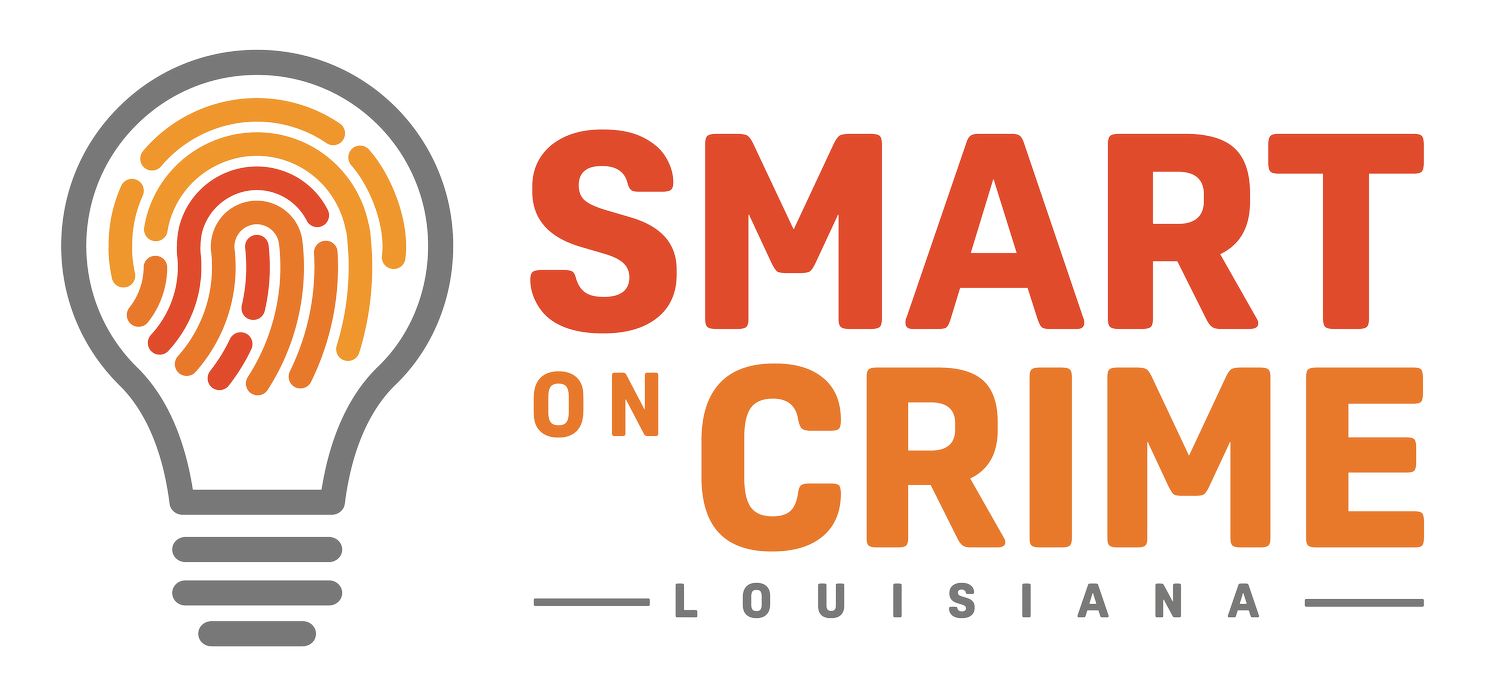TRAGEDY FOR CHILDREN AND YOUTH IN STATE CARE: IT’S NOT JUST DCFS
Originally appeared in Pelican Institute for Public Policy, by Jamie Tairov
The Office of Juvenile Justice (OJJ), which is charged with the rehabilitation of 13-18 year olds involved in the justice system, has been plagued with issues for years. The agency oversees youth incarcerated in secure care facilities, or jails, as well as youth that are housed in community or group homes. OJJ has four secure care facilities that it oversees, and the Ware Youth Center is the only contracted facility. Ware is a public secure care facility that houses both male and female youth in northwest Louisiana. It was was built in the 1990’s by local parishes and is run by a contractor overseen by OJJ. Ware is one of the most egregious examples of failure within the juvenile justice system.
In an explosive article recently published in the New York Times, current and former Ware employees made allegations of repeated abuse, complaints that have gone uninvestigated, and a surge in suicide attempts. Ware had at least 91 escape attempts since 2019, accounting for 5% of the facility’s population, and there were at least 64 suicide attempts in 2019 and 2020, higher than any other juvenile facility in the state. According to the investigative report, the contractor failed to report complaints of abuse and disregarded the rules that OJJ put in place to govern all secure care facilities. In 2013, a 13-year-old boy, who was being held at Ware for setting a fire in a school trash can, committed suicide after being held in an isolation cell for four days. According to the investigators from the New York Times, complaints have been received for years about the staff in this facility, with no real effort made to open an investigation.
In the wake of this New York Times article, Governor John Bel Edwards called for an investigation into Ware Youth Center, and the agency he oversees, the head of which sits in his cabinet. In a statement released by the Governor, he notes: “I’ve asked other individuals in the administration, particularly in OJJ and DCFS, to go to Ware and to do some investigative work in the very near future and to come back to report to me their findings, so we can make a decision as to whether additional action needs to be taken in advance of the [report from the] Office of Inspector General.”
Another scathing report that was recently released about OJJ involves the education of the incarcerated youth. The report, which serves as a follow-up to reforms enacted several years ago to address problems, provides background on how school-age youth in secure care facilities are supposed to receive educational services and the extent to which they are actually receiving those services. Remember, these are minors – school age– who must be provided access to an education and, like other people, need an education to thrive as adults. OJJ and the Special School District, which until recently fell under the Department of Education, share responsibility for the educational portion of their stay in these state facilities.
For years, academic performance of students in OJJ secure care facilities has been abysmal. Instructional time is frequently suspended, students are often placed in the classes that are not appropriate given their graduation plan, content is not rigorous or on grade level, and youth are frequently farther behind when they return to their traditional school. This frustration often ends in these students dropping out. The report indicated that OJJ “schools” rank in the bottom 2% on all measures of academic and student achievement, including end-of-course LEAP exam results, and are among the highest in the state for grade retention and drop-out rates. It also claims that students with disabilities, which make up a disproportionate number of students in OJJ, have been routinely denied the individualized and appropriate services they are entitled to under federal IDEA (Individuals with Disabilities Education Act) law. In short, it does not appear that OJJ has implemented the requirements of the educational plan that lawmakers and the state agencies involved put in place several years ago.
Something must change, and quickly. Not only are these kids are not receiving the educational and rehabilitative supports and services they need to address behavior and successfully transition back to their families, schools, and communities, it appears many of their young lives are actually in danger in state custody.
Too many of those who are eventually released will be headed toward a life of dependency or even crime, given their educational deficits, behavior needs that haven’t been addressed, and abuse that has made those issues far worse. OJJ was “reformed” more than 20 years ago to provide youth with education and other resources necessary to rehabilitate to avoid further involvement in the justice system as adults. These two reports suggest the agency is not meeting those goals nor giving Louisiana’s troubled youth the second chance they need to become productive adults.
Louisianans have been outraged to learn of the preventable deaths of young children in state custody within the Department of Children and Family Services. We should be no less outraged by what we’re learning about OJJ and demand that swift action be taken to address these alarming problems.
